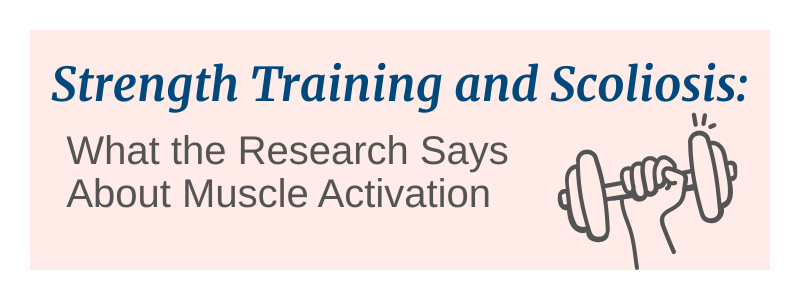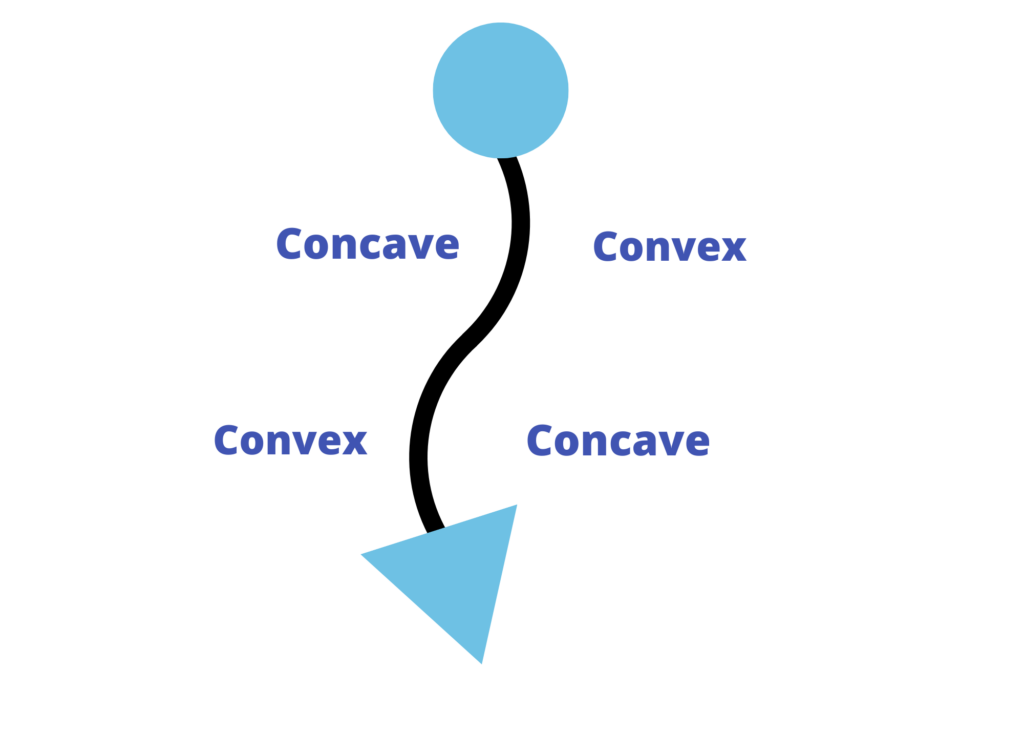
Scoliosis affects about 2–3% of the population, which means millions of people live with some degree of spinal curvature. When it comes to treatment, you might have heard about bracing, surgery, and physical therapy. However, what about strength training? Can lifting weights actually help?
Interestingly, research suggests that weight training could be a powerful tool for scoliosis management—but only with the right approach. In fact, two studies—one by Schmidt et al. (2010) and another by He et al. (2022)—specifically investigated the impact of different exercises on the muscles surrounding the spine. As a result, their findings offer valuable insights into how strength training can be used safely and effectively.
With this in mind, let’s dive into what these researchers discovered and, more importantly, how you can apply their insights in your own workouts.
The Importance of Strength Training for Scoliosis
When someone has scoliosis, the muscles along the spine don’t work equally on both sides. Specifically, the side that curves outward (called the convex side) often becomes overactive, while the side that curves inward (the concave side) is typically weaker and underactive.
Over time, this muscle imbalance can contribute to poor posture, ongoing discomfort, and in some cases, an increased risk of the spinal curve getting worse. Because of this, scoliosis strength training is especially important. By focusing on balanced exercises, people with scoliosis can improve core stability, reduce strain, and feel stronger and more supported in everyday movement.
Why Asymmetrical Training Helps

A study by Schmidt et al. (2010) showed that weight training for posture and scoliosis isn’t just about getting stronger—it’s about training smarter. The goal is to both lengthen and strengthen specific sides of the body in order to stabilize the spine and even potentially de-rotate scoliosis curves.
In particular, the researchers found that asymmetrical exercises—where one side of the body is trained more than the other—were especially effective. Movements such as the front press and bent-over barbell row helped activate the weaker, concave side of the spine. As a result, these targeted scoliosis exercises improved muscle balance and supported better posture.
On the other hand, symmetrical exercises (where both sides work together) did not provide the same correction for muscle imbalances. However, they still offered benefits for general strength and overall spinal stability.
In short, if you’re looking for an effective workout for scoliosis, prioritizing exercises that challenge one side at a time may be one of the best ways to restore balance, reduce strain, and build long-term spinal support.
How Schroth Exercises Make a Difference
While weight training focuses on strengthening muscles, the Schroth Method takes a different approach. He et al. (2022) investigated the effect of Schroth exercises on muscle activity in patients with scoliosis. Their findings showed that these exercises can help train the muscles to work more evenly:
- Asymmetrical Schroth exercises increased expansion on the concave side of the curve.
- Symmetrical Schroth exercises helped elongate and lengthen the curve.
- Weight-bearing exercises (like standing and balance-based movements) activate both sides of the spine at the same time, making them great for overall strength.
Combining asymmetrical strength training with Schroth exercises may be the most effective way to improve muscle balance and support your spine.
How This Can Help You
1. Begin by understanding your curve and incorporate Schroth Exercises
Understanding how your spine rotates in a three-dimensional way is essential, from front to back and side to side. Before lifting weights, you should find your best posture. This means bring
1. Elongate
3. Expand into your concave sides
The Schoth exercises are designed specifically for scoliosis and can help you acheive 1, 2 &3 to enhance the benefits of strength training.
2. Use Asummetrical Strength Training to Balance you muscles
ddingTry Exercises lik
1. One arm dumbell row
2. Sincle arm overhead press
These movements help to active the over lengthened muscles of the concave side and promote better balance of the ribcage.
If you’re used to doing exercises with both sides simultaneously, try switching things up and focusing on one side at a time.
3. Don’t Skip Weight-Bearing Exercises
Movements like squats, deadlifts, and lunges engage both sides of the spine and improve overall strength. However, proper form is crucial—without it, you might end up reinforcing the imbalances you’re trying to fix.
We always suggest finding your best 3 dimentional posture with hips aligned, elongation and expansion into your collaped areas. Then begin the weight bearing exercise.
How to Get Started
If you’re ready to start strength training with scoliosis, here’s a step-by-step plan:
- Get Assessed: A scoliosis-focused physical therapist can help determine your muscle imbalances and create a workout plan.
- Try Asymmetrical Strength Training: Focus on exercises that activate your spine’s weaker side.
- Incorporate Schroth Therapy: These exercises improve posture and muscle control.
- Build Core Strength: Core stability is key. Exercises like planks, bird dogs, and dead bugs can help.
- Use Proper Form: Good technique is essential to avoid stressing your spine.
Track Your Progress: Regular assessments or EMG testing (if available) can help measure improvements over time.
Final Thoughts
Strength training can be an effective tool for managing scoliosis, but it has to be done correctly. Instead of focusing on overall strength, targeting the weaker muscles, improving balance, and incorporating posture-based exercises like Schroth is essential. Research shows that combining asymmetrical strength training, Schroth exercises, and weight-bearing movements can be the most effective way to strengthen your body and support your spine.
If you’re seeking expert guidance on scoliosis-friendly strength training, contact Scoliosis PT Jax. We’re here to help you move better, feel better, and stay strong!
Bibliography
References
- He, L., Zhang, X., Zhou, Y., Li, J., & Zhu, Z. (2022). How do Paraspinal Muscles Contract during the Schroth Exercise Treatment in Patients with Adolescent Idiopathic Scoliosis (AIS)? European Spine Journal, 31(7), 1732-1742. https://pubmed.ncbi.nlm.nih.gov/35735477/
- Schmidt, H., Heitz, A., Rapp, W., Schilling, N., & Wilke, H. J. (2010). Paraspinal muscle activity during symmetrical and asymmetrical weight training in idiopathic scoliosis. Clinical Biomechanics, 25(10), 1027-1032. https://pubmed.ncbi.nlm.nih.gov/20811080/
